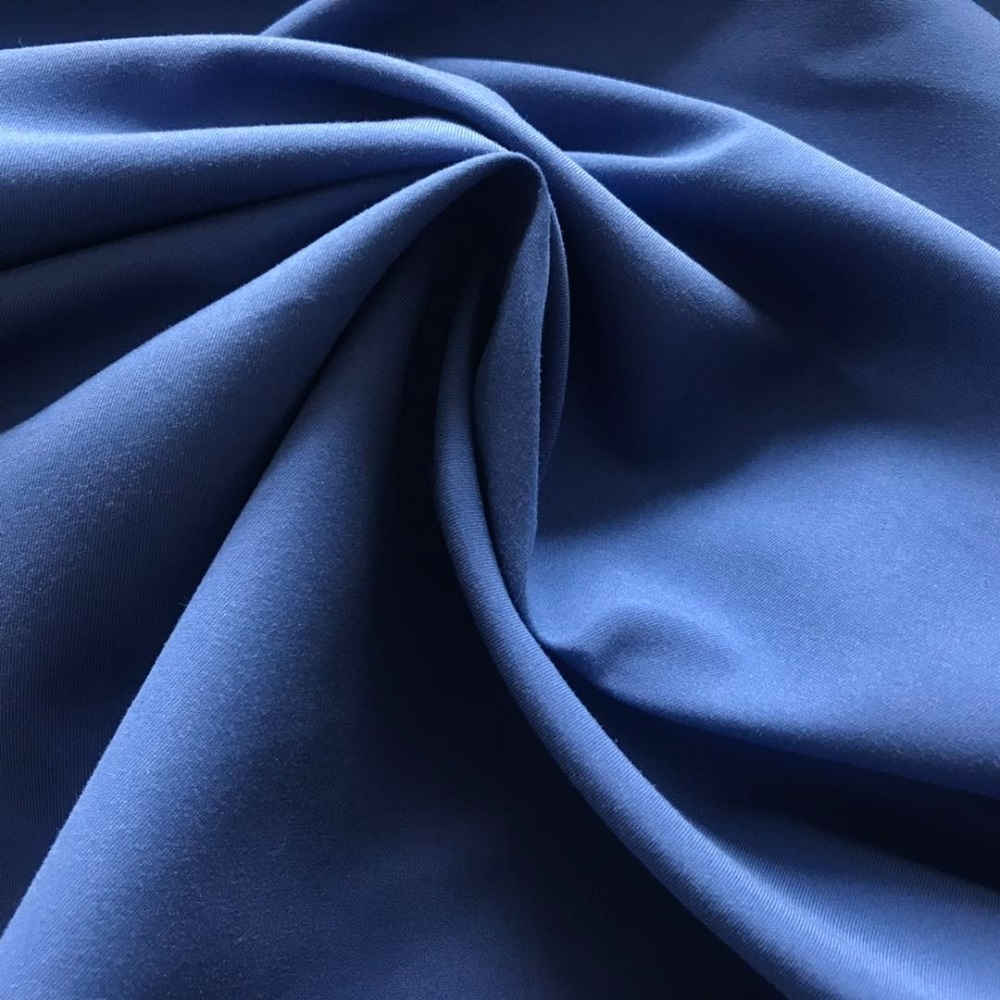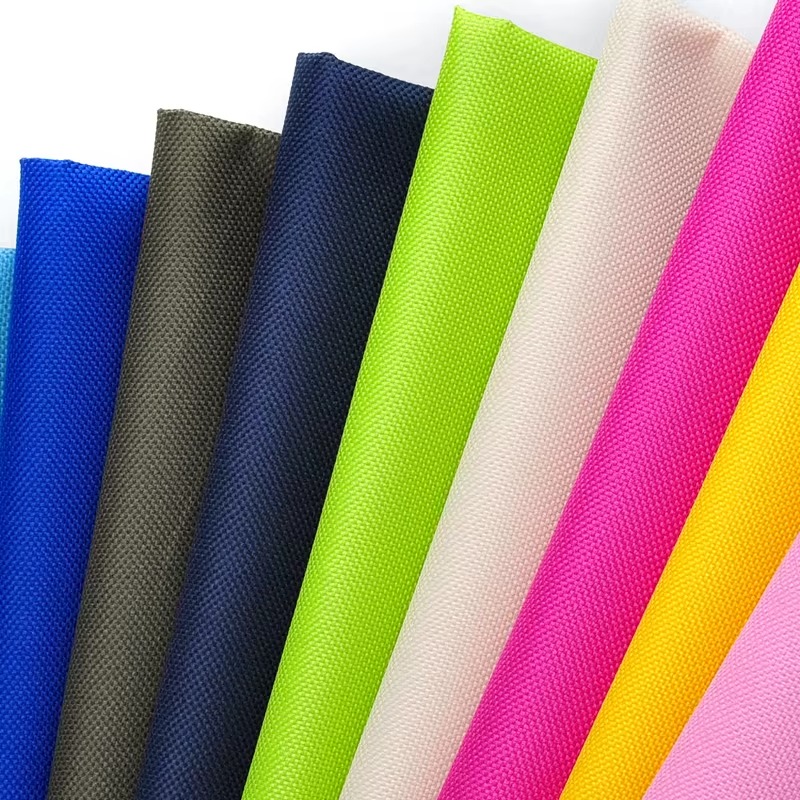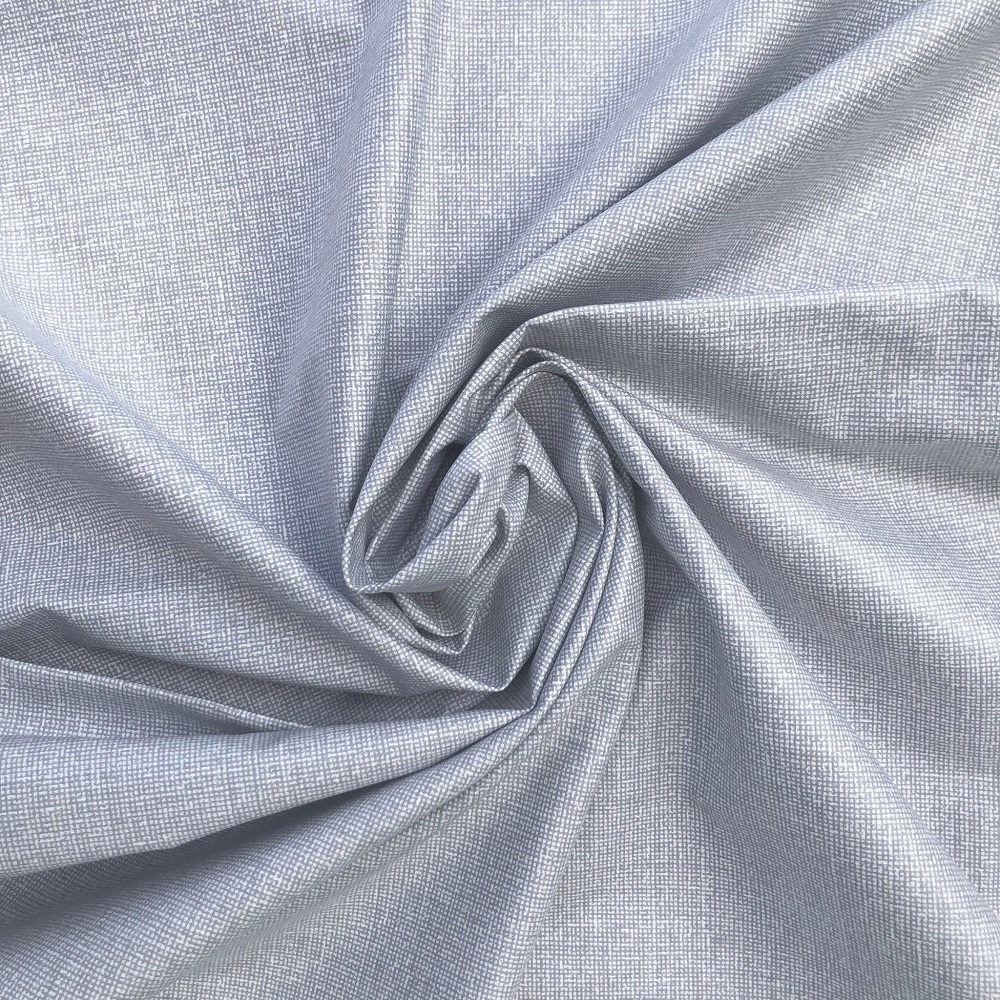Introduction to Polyester and Cotton Fabrics
When comparing polyester fabric vs cotton, understanding their unique characteristics is key. Polyester, a synthetic material, emerged from the chemical industry. It’s known for its durability, resistance to shrinking, and quick-drying qualities. Cotton, a natural fiber, dates back thousands of years. This breathable and soft material is prized for comfort and hypoallergenic properties.
Both fabrics have their loyalists and skeptics. Polyester boasts impressive strength and longevity. It survives countless washes and resists wear. Fashion and outdoor attire often incorporate polyester for these reasons. Cotton, on the other hand, offers unmatched comfort. Its ability to absorb moisture makes it ideal for hot climates and workout clothes.
In the battle of polyester fabric vs cotton, each has distinct advantages and drawbacks. The choice often depends on the intended use, personal preference, and environmental considerations. As we delve deeper into their histories, properties, and uses, clearer preferences may emerge for different applications.

The History of Polyester and Cotton Usage
Delving into the past unravels the journey of polyester fabric vs cotton. Polyester made its debut in the 1940s. It quickly became popular due to its low cost and versatility. Wartime efforts favored this easy-to-produce, resilient fabric. Soon, it was everywhere – from clothing to furnishings.
Cotton’s tale is more ancient. Civilizations cultivated cotton for millennia. As early as 5000 BC, cotton was the textile of choice. Over time, cotton became a global commodity, revered for its softness and natural qualities.
Through the years, cotton remained a staple in wardrobes and homes. Polyester surged as technology improved. It started challenging cotton’s dominance. In the ’60s and ’70s, polyester’s popularity peaked. People celebrated its wash-and-wear convenience.
However, the tide turned. Consumers began to favor comfort and environmental concerns grew. Cotton regained ground. It offered the gentle touch and breathability that polyester lacked.
Today, both fabrics hold significance in the textile industry. Their storied pasts reflect innovation, human needs, and the push for sustainable practices. As we explore polyester fabric vs cotton, their histories offer insight into their current standings in the market.
Physical Properties: Durability and Comfort
The debate between polyester fabric vs cotton often revolves around their physical properties. Polyester shines with its exceptional durability. This material resists stretching, shrinking, and wrinkling. It keeps its shape after countless washes, making it a stable choice for everyday wear and functional gear. Thanks to its synthetic origins, polyester also holds color well, resisting fading over time.
On the other hand, cotton wears the crown for comfort. Its natural fibers provide a soft, gentle touch against the skin. Cotton’s breathability is second to none, allowing air to circulate and moisture to evaporate. This makes it ideal for warm weather and active lifestyles where comfort is paramount.
When we weigh durability against comfort, polyester comes out on top for the former, while cotton leads for the latter. Your choice will likely hinge on the balance you wish to strike between these two crucial aspects. Polyester fabric vs cotton isn’t just about which is better; it’s about which is better for you and your specific needs.
Moisture Wicking and Breathability in Textiles
When discussing polyester fabric vs cotton, moisture management is crucial. Each material handles sweat and humidity differently. Polyester excels in moving moisture away from the skin. It is quick to dry. This feature makes it great for activewear. Athletes prefer it for keeping skin dry during exercise. Cotton, while less effective in moisture wicking, outshines polyester in breathability. It allows air to flow freely. This quality keeps the body cool and dry in hot weather. Yet, cotton can absorb moisture. This sometimes leads to a heavy and damp feeling.
For those in hot and humid climates, or during strenuous activities, choosing between polyester fabric vs cotton is a key decision. Polyester might be the pick for athletes and outdoor adventurers. In contrast, cotton stands out for casual wear and less intense activities. Both fabrics offer benefits, and the choice often depends on personal comfort and specific needs. In this battle, knowing the right material for the right situation is what matters most.
Environmental Impact: Production and Degradation
When weighing polyester fabric vs cotton, the environmental footprint is a serious factor. The production of polyester relies heavily on fossil fuels. It needs significant energy for its chemical synthesis. Cotton farming, though natural, can be resource-intensive. It requires a lot of water and often uses pesticides.
Polyester’s impact doesn’t end at production. Its synthetic nature means it degrades slowly in landfills. This adds to long-term pollution. On the flip side, cotton is biodegradable. It breaks down much more quickly, with less harm to the environment.
Sustainable practices are changing the game, though. Recycled polyester is on the rise. It uses plastic waste, not raw resources. This shift is helping reduce its ecological impact. Organic cotton also gains ground. It grows without harmful chemicals, safeguarding soil and water.
The battle between polyester fabric vs cotton includes the environmental cost of production and degradation. Your fabric choice impacts the planet. Considering the lifecycle effects of textiles is part of being an informed consumer.

Maintenance and Care for Polyester vs Cotton
Garment care is essential for the longevity and appearance of clothes. When deciding between polyester fabric vs cotton, maintenance plays a key role.
Polyester Care Instructions
Polyester is low-maintenance. It needs less care than cotton. Here’s how to look after it:
- Wash in cool water to prevent damage. Warm water can cause shrinking.
- Use a mild detergent. Avoid bleach to keep colors bright.
- Tumble dry on low, or hang to avoid wrinkles. Avoid high heat.
- Iron on a low setting if needed. High heat can melt fibers.
Cotton Care Instructions
Cotton requires more attention. Follow these steps for best results:
- Separate lights and darks to prevent color bleeding.
- Use warm water for whites and cool water for colors.
- Tumble dry on a warm setting, or air dry for less shrinkage.
- Iron while damp for easier wrinkle removal.
The care for polyester fabric vs cotton is different. Polyester is simple to care for. Cotton needs a bit more effort. Proper maintenance will keep both fabrics looking and feeling their best.
Cost Comparison: Affordability and Value
When considering polyester fabric vs cotton, cost is a critical factor for consumers. Both materials offer varied price points, influenced by various factors such as quality, brand, and where you shop.
Polyester often ranks as the more affordable option. Its synthetic production process is less costly than cultivating natural cotton. Additionally, polyester’s durability means products may last longer, potentially providing better value over time.
Cotton, while sometimes more expensive, offers a natural alternative that appeals to those who prioritize organic materials. The price for cotton can increase based on whether it’s organic or has certifications like fair trade.
Ultimately, the choice between polyester fabric vs cotton may come down to your budget and value judgments. Polyester can be the go-to for cost-effectiveness and longevity. Cotton could be your pick if comfort and natural fibers rank higher on your list of priorities.

Common Uses in Fashion and Home Textiles
When it comes to polyester fabric vs cotton, both find extensive use in fashion and home textiles, with each offering unique benefits that make them suitable for different products and settings.
Polyester fabric is often the material of choice for active wear and sportswear due to its moisture wicking properties. It dries fast, making it ideal for gym clothes, jerseys, and swimwear. Similarly, in the realm of fashion, polyester adds durability and wrinkle resistance to dresses, suits, and more. Moreover, it’s a popular choice for outdoor gear, such as tents and umbrellas, where its water resistance is a remarkable asset.
Cotton, with its natural softness and breathability, dominates the market for comfortable clothing. It’s the go-to for casual wear, such as t-shirts, jeans, and underwear. Additionally, cotton’s hypoallergenic qualities make it a favorite for baby clothing and accessories. In home textiles, cotton rules the roost with bedding, towels, and curtains, offering a soft touch and a cozy feel that many consumers love.
Both polyester fabric and cotton also feature in blended materials, combining the best of both worlds. Blends often give the softness of cotton with the strength of polyester, achieving a balance for daily use items like bed linens and casual apparels.
Choosing between polyester fabric vs cotton is not just about preference, but also about the application. Whether it’s for a breathable summer dress or a long-lasting raincoat, the choice between these two fibers can impact both the comfort and functionality of the final product.
